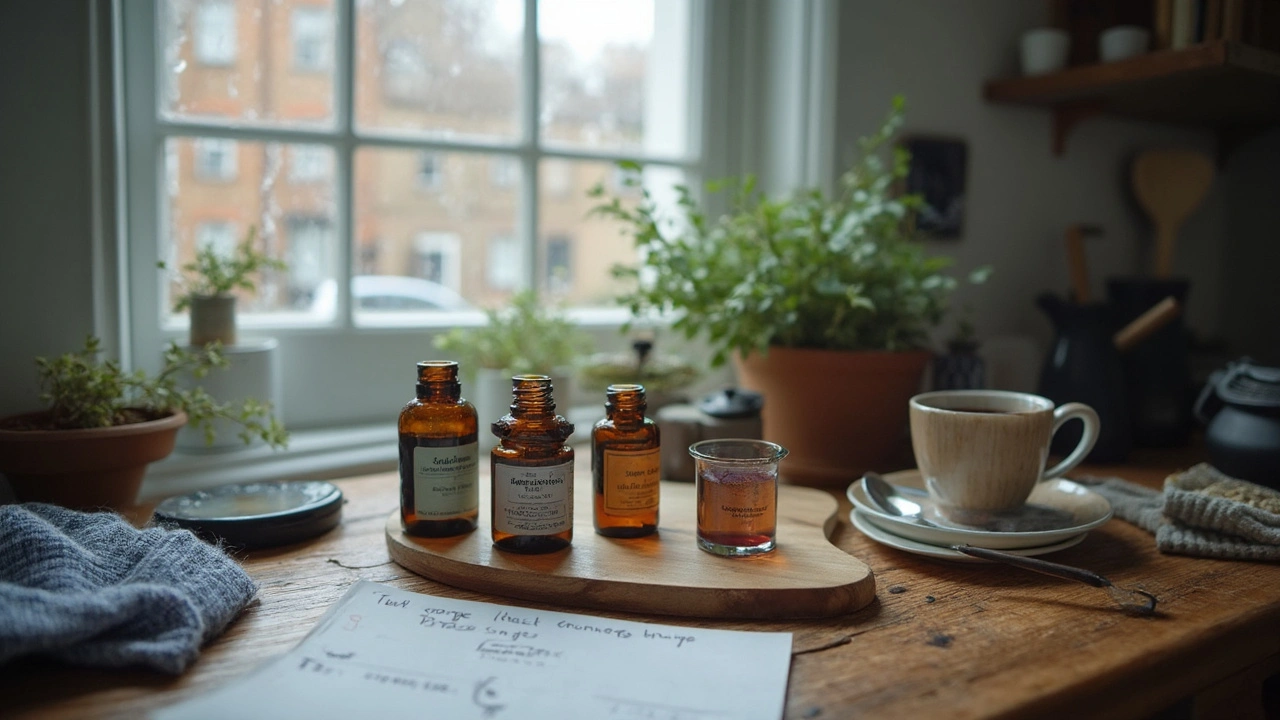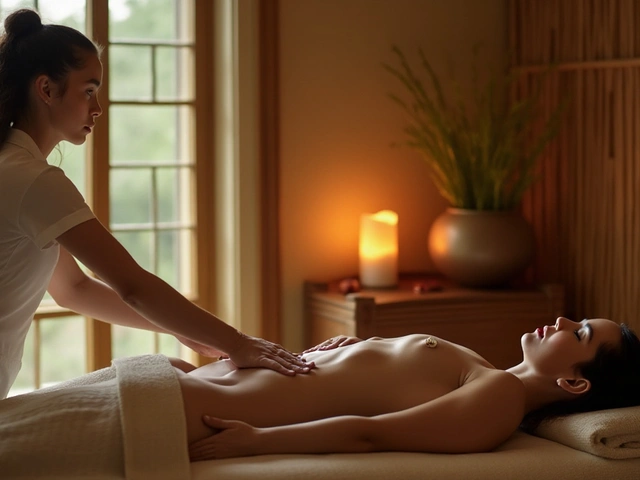How to Use a Dilution Chart for Safe Massage Oils
Ever wondered why some people get a rash after a massage while others walk away feeling great? The secret is often how strong the essential oil blend is. A dilution chart shows you the exact amount of carrier oil you need for any essential oil, keeping the mix gentle enough for the skin but strong enough to work.
Reading the Chart: What the Numbers Mean
Most charts are set up with three columns: the essential oil name, the % dilution, and the drops per milliliter of carrier. A 1% dilution means one drop of essential oil in 100 drops of carrier (about 5 ml). For a 2% blend, double the drops – two drops per 100 drops of carrier. If you’re using a 30 ml bottle, 1% is roughly 6 drops, 2% is 12 drops, and 3% is 18 drops. That’s all you need to calculate a safe mix.
Kids, seniors, and people with sensitive skin need lower percentages. A good rule of thumb is 0.5% for children, 1% for adults with normal skin, and 1.5% for mature or dry skin. The chart will usually flag these groups, so you can pick the right level without guessing.
Practical Tips for Mixing and Storing
Start with a clean bottle and a pipette. Add the carrier oil first – most therapists use sweet almond, jojoba, or coconut oil because they’re neutral and skin‑friendly. Then count the drops of essential oil according to your chart. Give the bottle a gentle shake to blend.
Label the bottle with the blend name, dilution % and the date you mixed it. Essential oils can lose potency over time, so try to use a blend within three months. Keep the bottle in a cool, dark place; heat and light break down the oils fast.
If you’re unsure about a new oil, do a patch test. Put a tiny dab of the diluted mix on the inside of your forearm and wait 24 hours. No itching or redness? You’re good to go.
Remember, less is often more. Start with a light touch during the massage and let the client tell you if they need more pressure or a stronger scent. You can always add a couple of extra drops later, but you can’t take them out once they’re mixed.
Using a dilution chart takes the guesswork out of blending, so you can focus on the massage itself. It keeps your clients safe, your reputation solid, and your sessions more relaxing. Grab a printable chart, stick it on your workbench, and you’ll never wonder about the right mix again.

Mastering Aromatherapy: A Step‑by‑Step Guide for Safe, Effective Essential Oil Blends
Practical, science‑savvy aromatherapy steps: choose the right oils, dilute safely, blend with confidence, and avoid common mistakes. Recipes, charts, and FAQs included.
Categories
- Health and Wellness (148)
- Alternative Therapies (86)
- Massage Therapy (40)
- Travel and Culture (15)
- Beauty and Skincare (9)
- Holistic Health (8)
- Health and Fitness (5)
- Spirituality (5)
- Other (2)
- Personal Development (2)
Popular Articles



